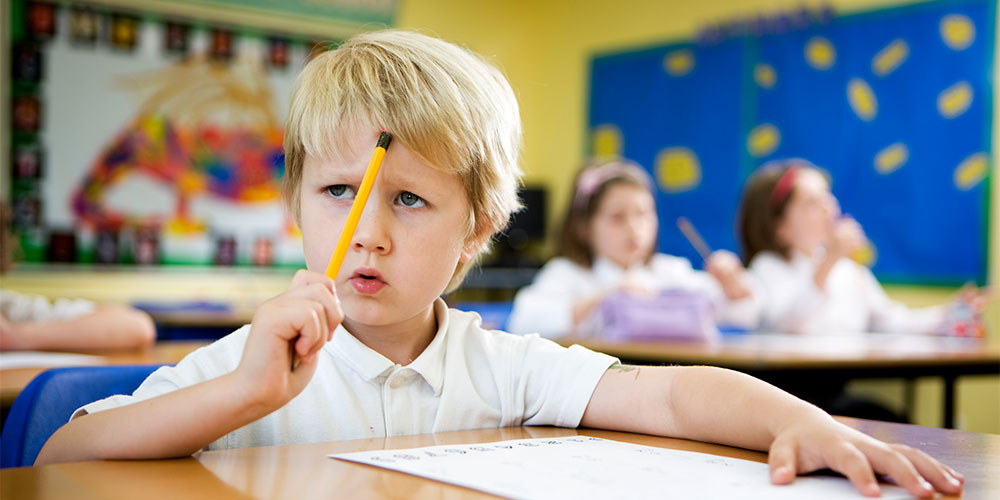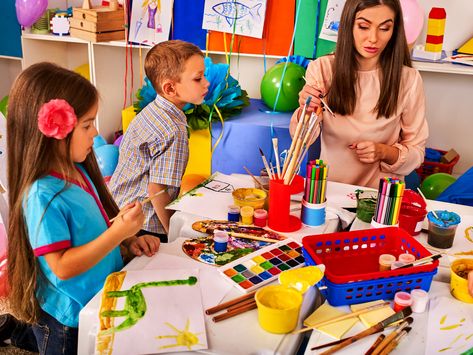Introduction
Working memory, the ability to temporarily hold and manipulate information, is a crucial cognitive skill that plays a significant role in a student’s academic success. Educational researchers have highlighted the importance of working memory for learning; it contributes to reading comprehension, mental arithmetic, problem-solving, and overall academic achievement. This article aims to provide educators with an understanding of working memory’s role in the classroom and suggest practical strategies for enhancing its function among students.
Understanding Working Memory
Working memory can be best described as a mental workspace where information is temporarily stored and manipulated while performing other cognitive tasks. It involves three components: the phonological loop responsible for verbal information, the visuospatial sketchpad responsible for visual and spatial information, and the central executive responsible for coordinating these activities.
The capacity of working memory varies among individuals and typically develops during childhood and adolescence. It has been found that students with higher working memory capacity perform better academically compared to their peers with lower capacities. However, it is important to note that working memory is not synonymous with intelligence but rather serves as one of many factors contributing to overall cognitive functioning.
Strategies for Improving Working Memory in the Classroom
1. Encourage active learning: Students who engage in active learning are more likely to improve their working memory capacity compared to those who passively absorb information. Educators can introduce activities such as group discussions, problem-solving exercises, and hands-on experiences that foster active learning.
2. Breaking down complex tasks: Complex tasks can be overwhelming for students’ working memory capacity when presented all at once. Educators can break down tasks into smaller steps and provide clear instructions on how to proceed.
3. Implement regular practice: Consistent practice can help students strengthen their working memory capacities over time. Regularly incorporating exercises targeting working memory skills in lessons can improve overall cognitive development.
4. Use visual aids: Utilizing visual aids such as images, diagrams, and charts can help reduce the cognitive load on the students’ working memory by providing additional support. This can help them process and absorb more information.
5. Maintain a structured environment: An organized classroom with clear expectations and routines reduces the cognitive burden on students’ working memory, allowing them to focus better on academic tasks.
6. Provide feedback: Timely feedback helps students understand their performance, allowing them to adjust their strategies accordingly, which in turn reduces the burden on their working memory.
7. Adaptive teaching: Recognizing and accommodating individual differences in working memory capacities is important. Providing extra time for tasks or offering alternate approaches to completing activities can make a significant difference in student success.
Conclusion
Making working memory work in the classroom is crucial for fostering a successful learning environment. By understanding its role and implementing targeted strategies, educators can help their students reach their full academic potential. A greater emphasis on working memory can contribute not only to individual achievement but also to improved overall educational outcomes.






